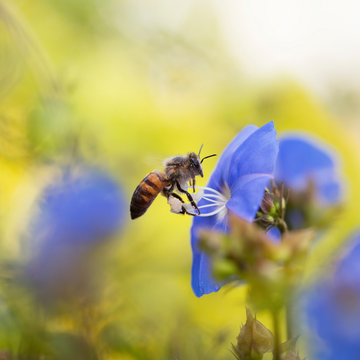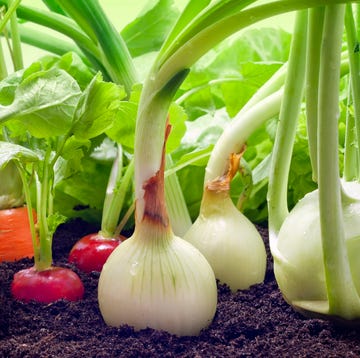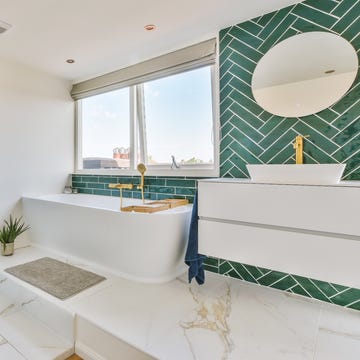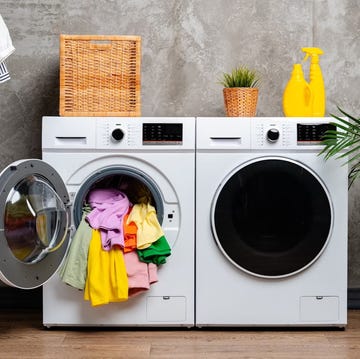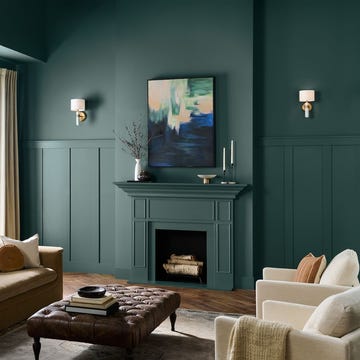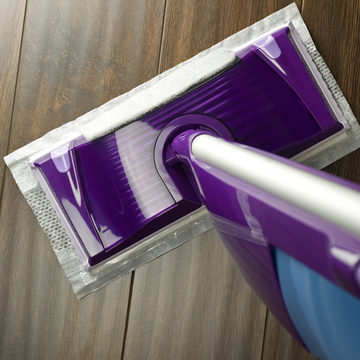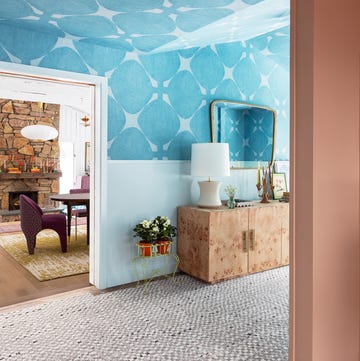Often serving as the family historian and resident sentimentalist, our grandmothers have been known to hold onto more than their fare share of keepsakes and collectibles. While some of it may feel like clutter to your more minimalist relatives, know that there are treasures to be found within the mix beyond her antique furniture! If you spot any of these surprisingly high-value antiques or vintage pieces at Grandma's house, be sure to hold onto them—because they sure are holding onto their value.
Micro Mosaic Frames
Though the art form dates back to the Byzantine era, Italian micro mosaics—originally made from bits of opaque glass and, later, cut enamel—surged in popularity in the late 1800s in the form of small frames brought home as souvenirs from Grand Tour excursions by upper-class Europeans. Trending again thanks to current penchants for maximalist decor, frames from the late 1800s through the 1950s—usually no taller than three inches—fetch between $60 and $300, with more intricate designs, such as the horseshoe pictured here, commanding the highest prices. To determine authenticity, look for “Italy” or a maker’s initials stamped on the back.
Mechanical Banks
First brought to market to make saving money more fun for kids, cast-iron mechanical coin banks were patented in the U.S. in 1869 and squirreled coins away via lever-and-spring-induced action ways. Often designed in biblical and circus motifs that appealed to children, manufacturers such as J. & E. Stevens and Shepard Hardware Co. expanded to political satire and more mature themes through the 1930s. Now prized by enthusiasts of all ages, even reproductions have become collectible. Banks from the 1800s (Boy on Trapeze) are exceedingly rare and bring in over $1,000, but pieces from the 1940s through ’60s (Trick Pony) still bring in $100 to $300. (Tip: To roughly determine age, closely examine surface and size. Repros from the 1930s on will have smoother surfaces, brighter colors, and be a bit smaller at the base than originals.)
Pyrex
Originally created for industrial use, thermal-resistant Pyrex moved to the kitchen in 1913 when Bessie Littleton asked her husband, a Corning Glass Works scientist, to bring home a piece for her to use for baking. From 1915 until the late 1980s, Pyrex produced somewhere between 100 and 200 different pattern lines. Some ran for decades, while other “promotional” lines, offered around gifting seasons or to commemorate special occasions, only lasted for a season or two. These days, a complete set of Pyrex mixing bowls typically fetches over $100, but rarer pieces of promotional pyrex, as well as prototypes that never made it into production, can be worth thousands.
Wooden Checker Boards
Though gridded games date back to ancient Mesopotamia and Egypt, the modern version of checkers, or draughts, is largely based on a French game called Fierges. With values stretching from $200 to several thousands depending on age, condition, and colors, hand-painted boards from the late 1800s through early 1900s work equally well on display or used for play. Pieces featuring blue and green colorways tend to fetch more than their black-and-red counterparts, as do double-sided boards and those with extended edges (center), which are meant to corral playing pieces. Also good to know: Square count can indicate provenance. While American boards typically feature an eight-by-eight grid, some Canadian boards run 12 by 12.
Shorebird Decoys
Before the passage of the Migratory Bird Treaty Act of 1918, these hand-carved and painted wooden birds were attached to sticks, stuck into the sand, and used to hunt coastal bird species along shorelines. While true decoys from the early 1900s (top and bottom on far left) can fetch well over $1,000, many on the market today fall into the folk art category and can often be found in the $150 to $300 range. Birds that are all one contiguous piece (i.e., the bill was not separately attached) are typically more valuable, as are ones signed and dated by the artist.
Sarah Zlotnick is the Lifestyle Director at Country Living, where she has run point on travel, rural lifestyles, and all things vintage and antiques since 2021. Previously a lifestyle editor at Washingtonian and Philadelphia magazines, she has been championing small businesses and regional destinations for 15 years. She also holds a bachelor’s degree in American Studies from Georgetown University, a major her younger self would be quite surprised to learn has come so in handy. First and foremost a service journalism enthusiast, she loves an in-depth explainer on an everyday topic or a deep dive into the history of vintage objects. When she’s not editing and writing, you’ll find her needling her husband to pull off the highway so they can explore a new small town or cozying up with a juicy murder mystery.











